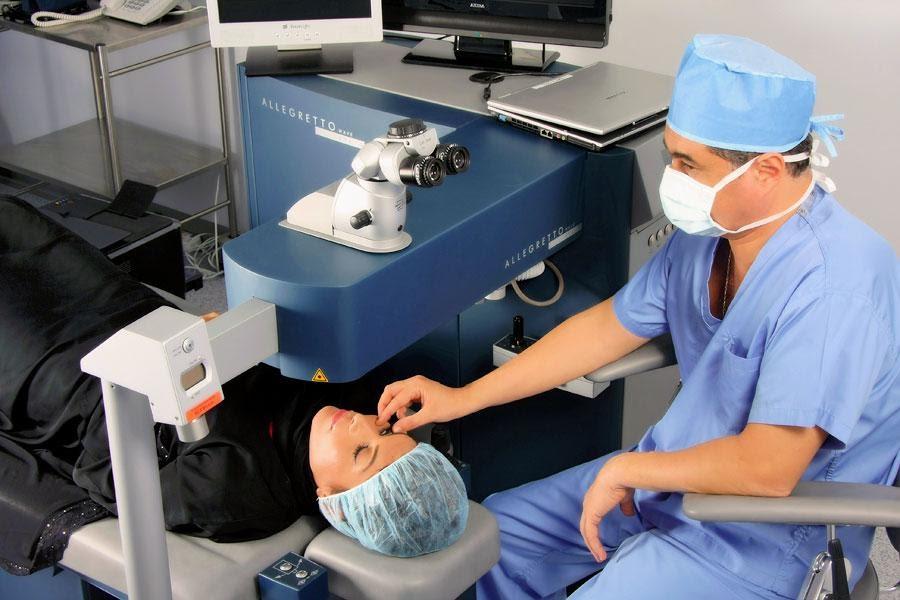When people are over the age of 60, they can have problems with their vision. While some have difficulty reading or seeing beyond a specific distance, others can have a more severe condition. The latter is called cataracts, a thick, cloudy area that appears in the eye lens. Without timely treatment from an eye specialist, it can be devastating. In this blog, we will examine what this ailment is, its symptoms, and its treatments.
What is a cataract?
As mentioned before, a cloudy area in the lens impairs vision. It is formed when proteins in the eyes clump together and block the lens from giving precise images to the retina. As the retina is responsible for converting light to signals sent to the optic nerve and brain, a person’s eyesight will be affected and unable to see clearly.
Cataracts develop slowly, and while they can affect both eyes, they do not form simultaneously. This can make it difficult for people to detect it quickly if they are unfamiliar with the ailment. However, by paying attention to the symptoms and knowing about the condition, a person can spot issues early.
What are the symptoms?
Blurry eyesight
A person will notice that they are unable to see clearly. The blurriness may start off being minor and then slowly grow worse.
Frequently change prescription glasses.
Those suffering from this condition frequently visit eye clinics to purchase new prescription glasses. It is because of their deteriorating eyesight.
Seeing faded colors
Individuals with no history of color blindness will not see the correct tone of colors; they will all look faded and dull.
Difficulty seeing at night.
They will see during the day with relative ease but find it difficult at night. The lenses of those with cataracts absorb less light; at night, such a reduction can severely affect vision.
Sensitivity to glare
Those suffering from this condition will also have problems with glare. It interferes with their ability to see objects in the vicinity, as cataracts scatter light in the eye instead of following the regular route to the retina.
Seeing double images in the affected eye
Cataracts can cause a person to have diplopia when they look through the affected eye. That means they will see two images of the same object but with slight discrepancies in their positions.
They will see halos
A person will also become more prone to seeing halos in dimly lit environments. Halos are bright circles that appear around a source of light. The clouding causes a lens effect that results in the diffraction of light entering the eye.
What is the treatment?
The most common treatment for this condition is cataract surgery, especially if cataracts interfere with one’s ability to do their daily activities or have other eye conditions. Two methods are used, phacoemulsification and extracapsular surgery, and both can remove cataracts and restore vision.
If a person doesn’t wish to pursue these options, they can receive treatment to manage the symptoms, such as prescription glasses, sunglasses with anti-glare protection, and magnifying lenses.
Cataracts can severely affect a person’s life and result in permanent loss of vision if left ignored. Therefore, a person should detect their symptoms early and consult an eye clinic as soon as possible.
